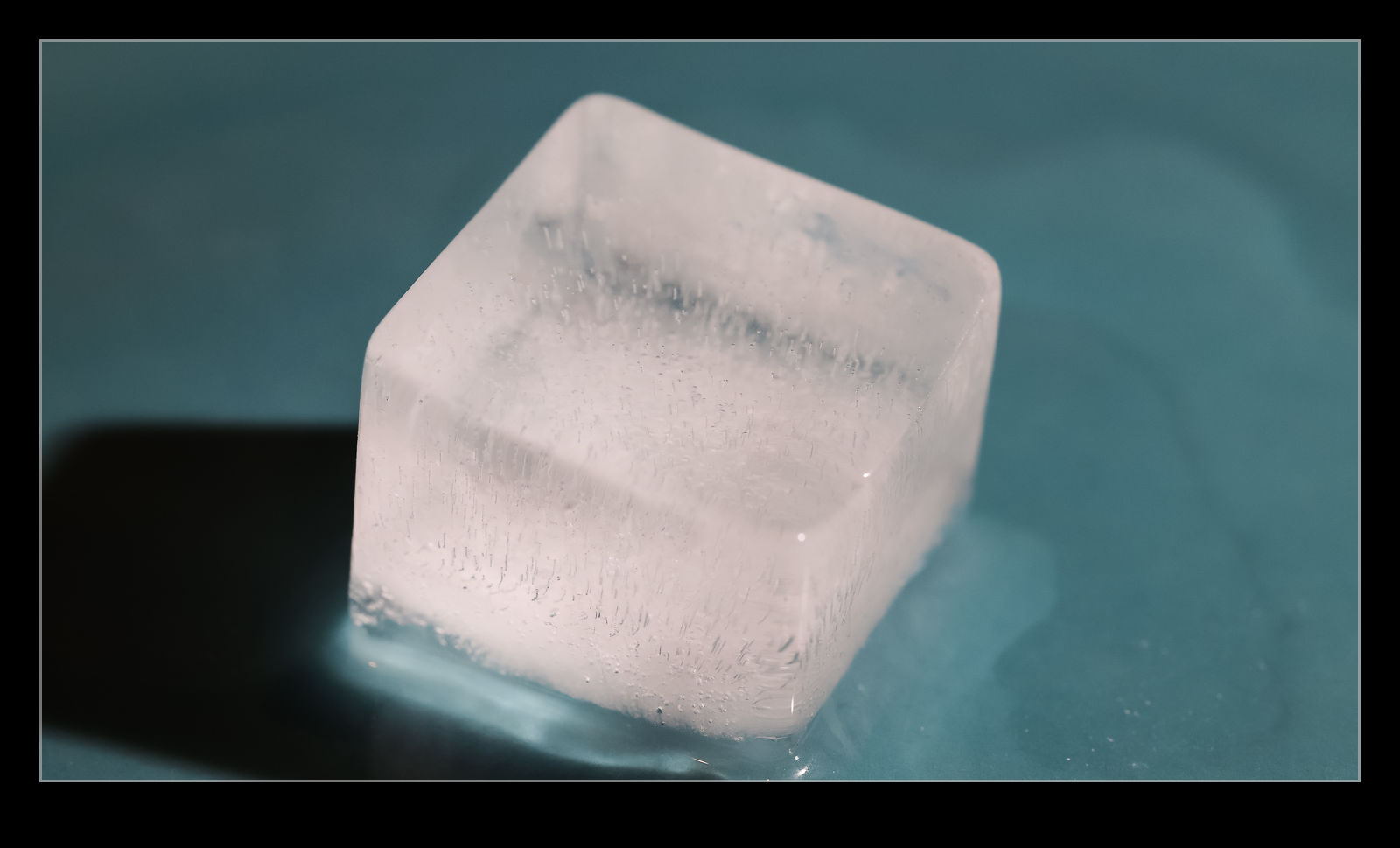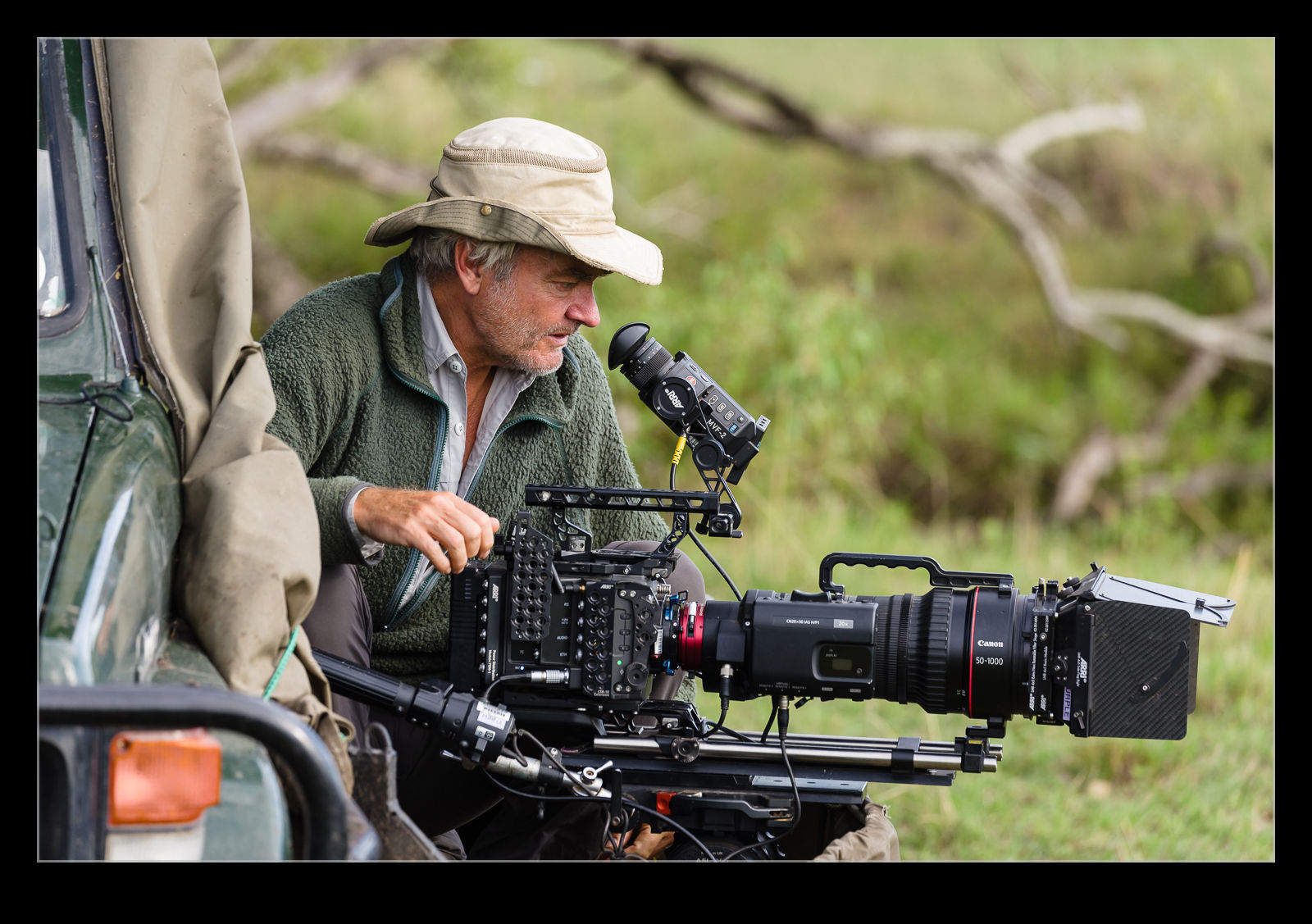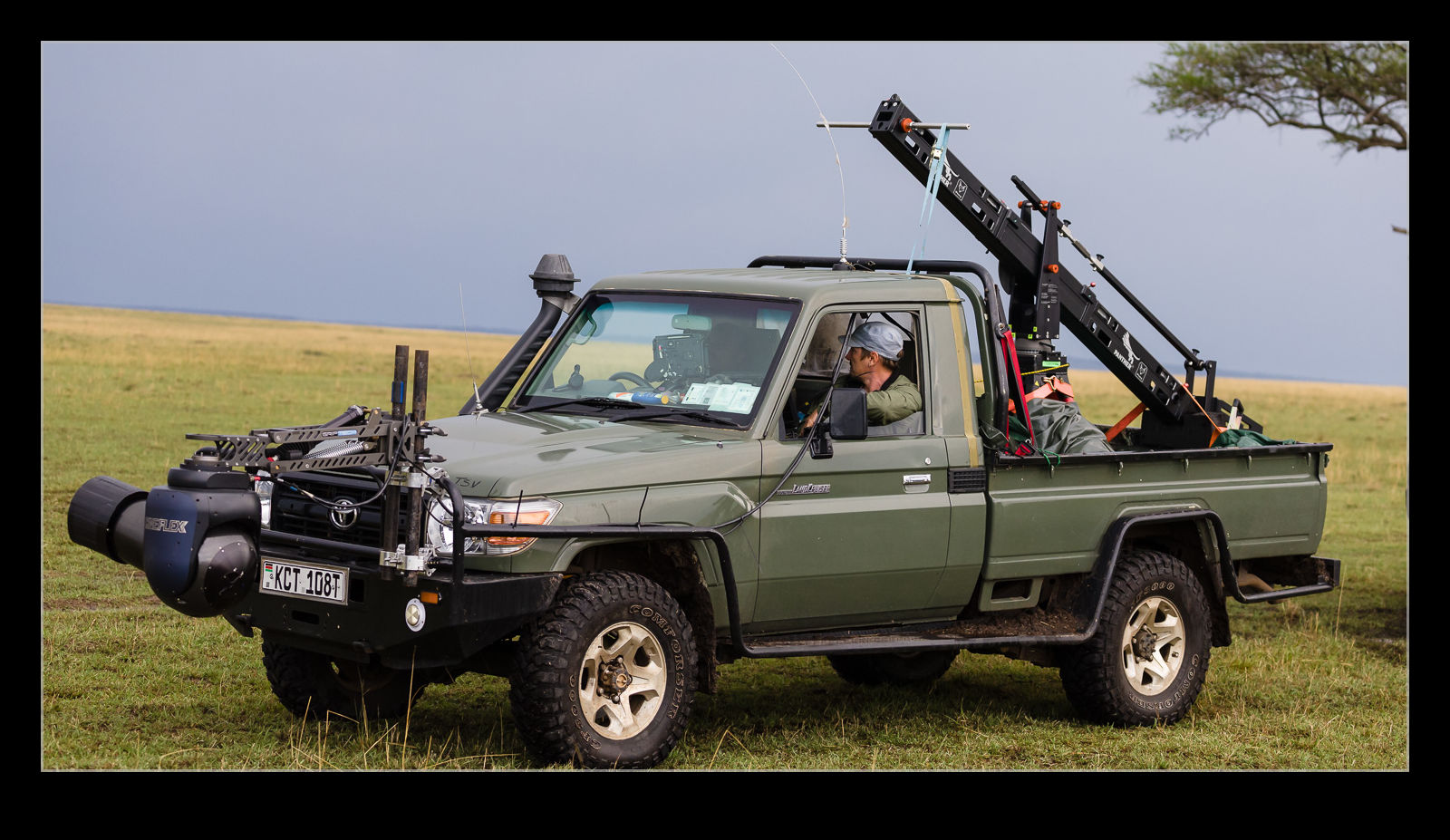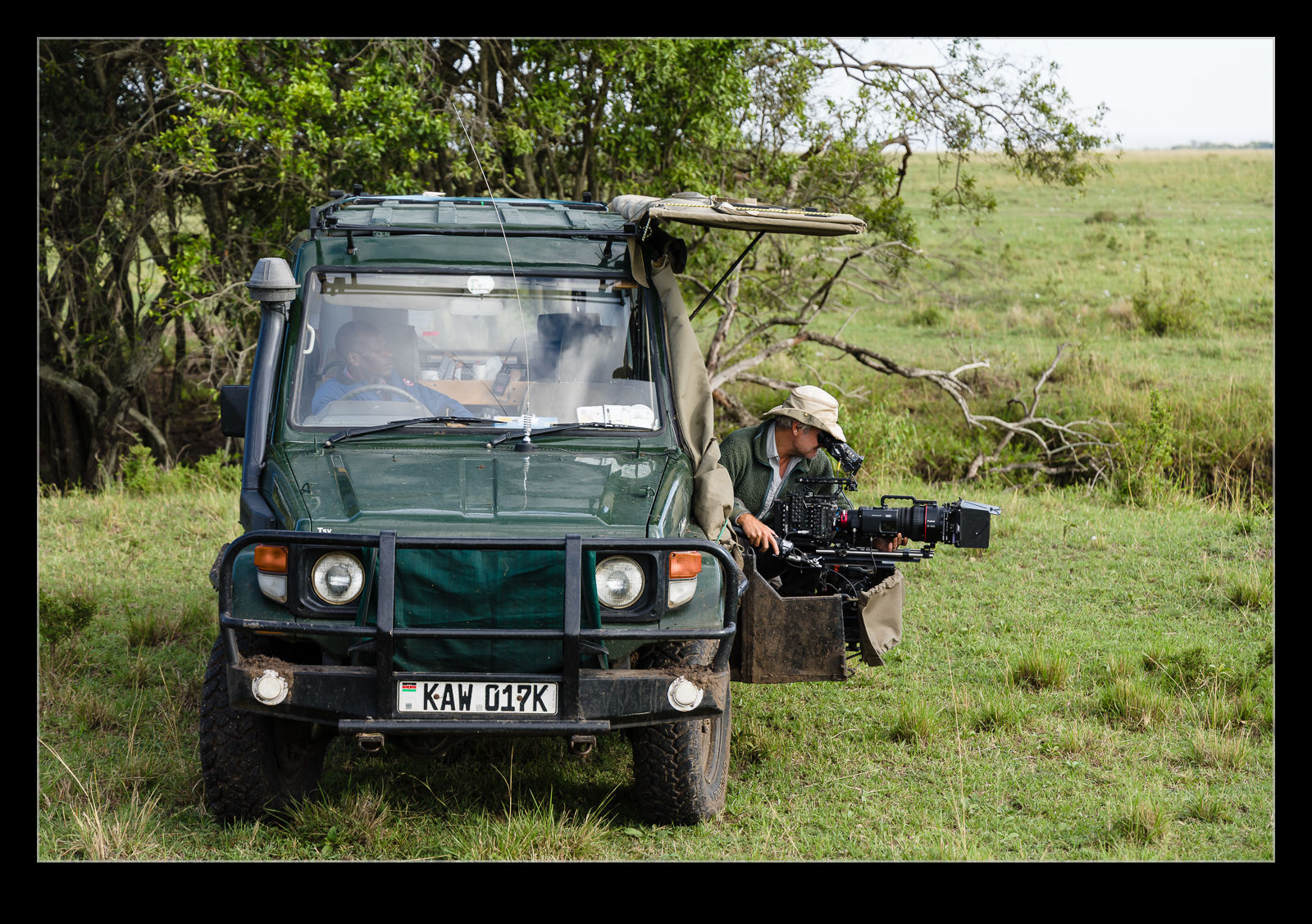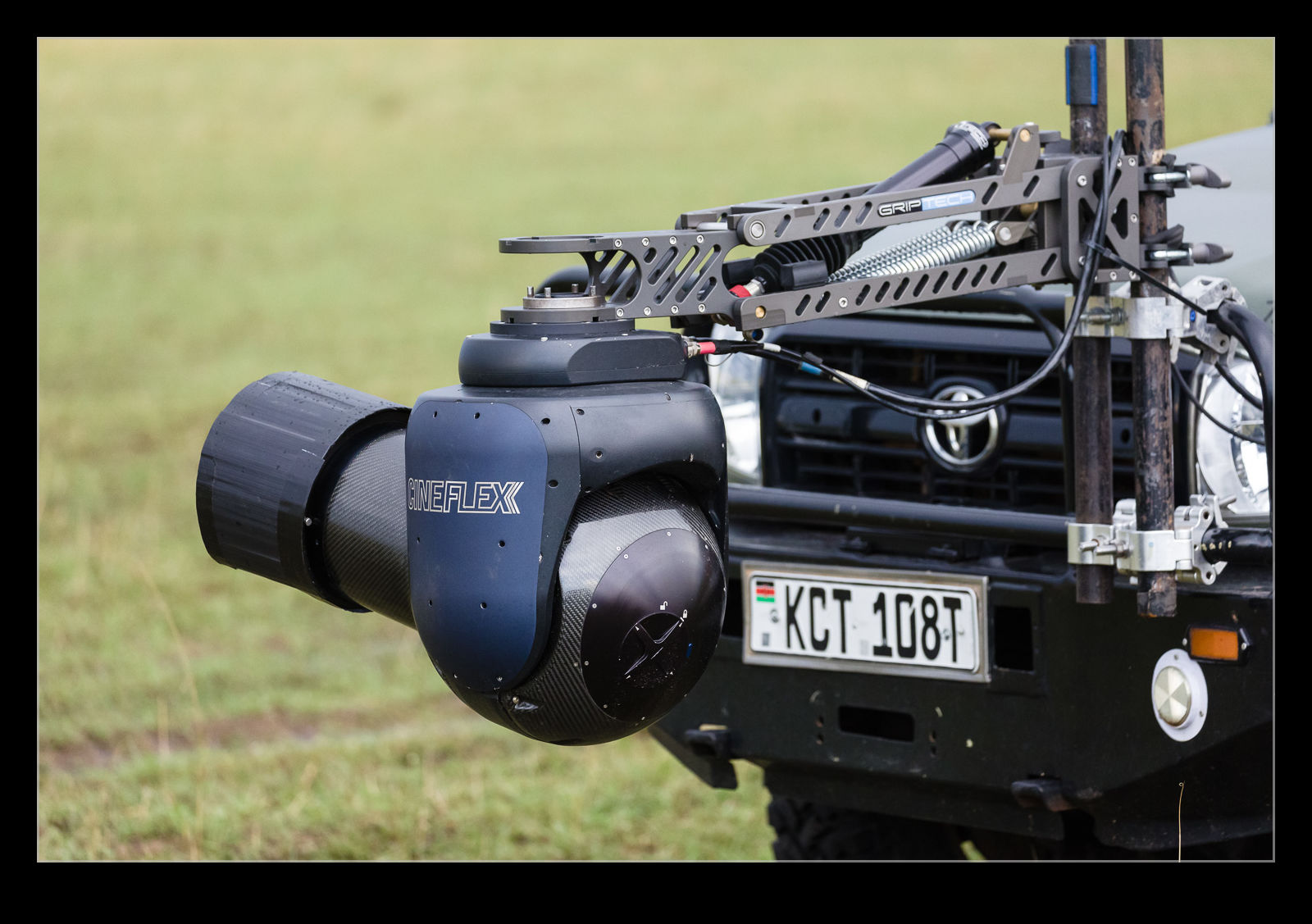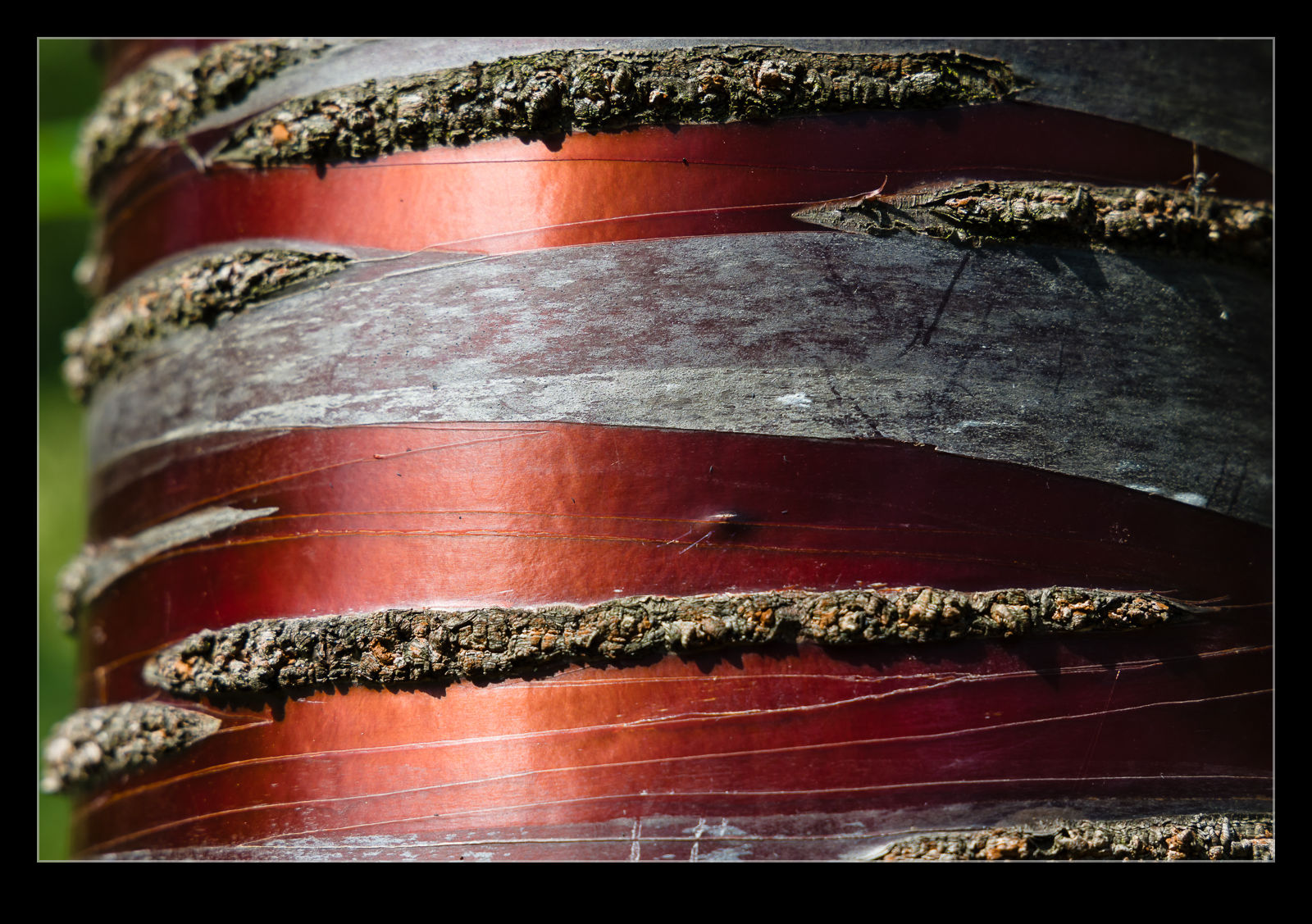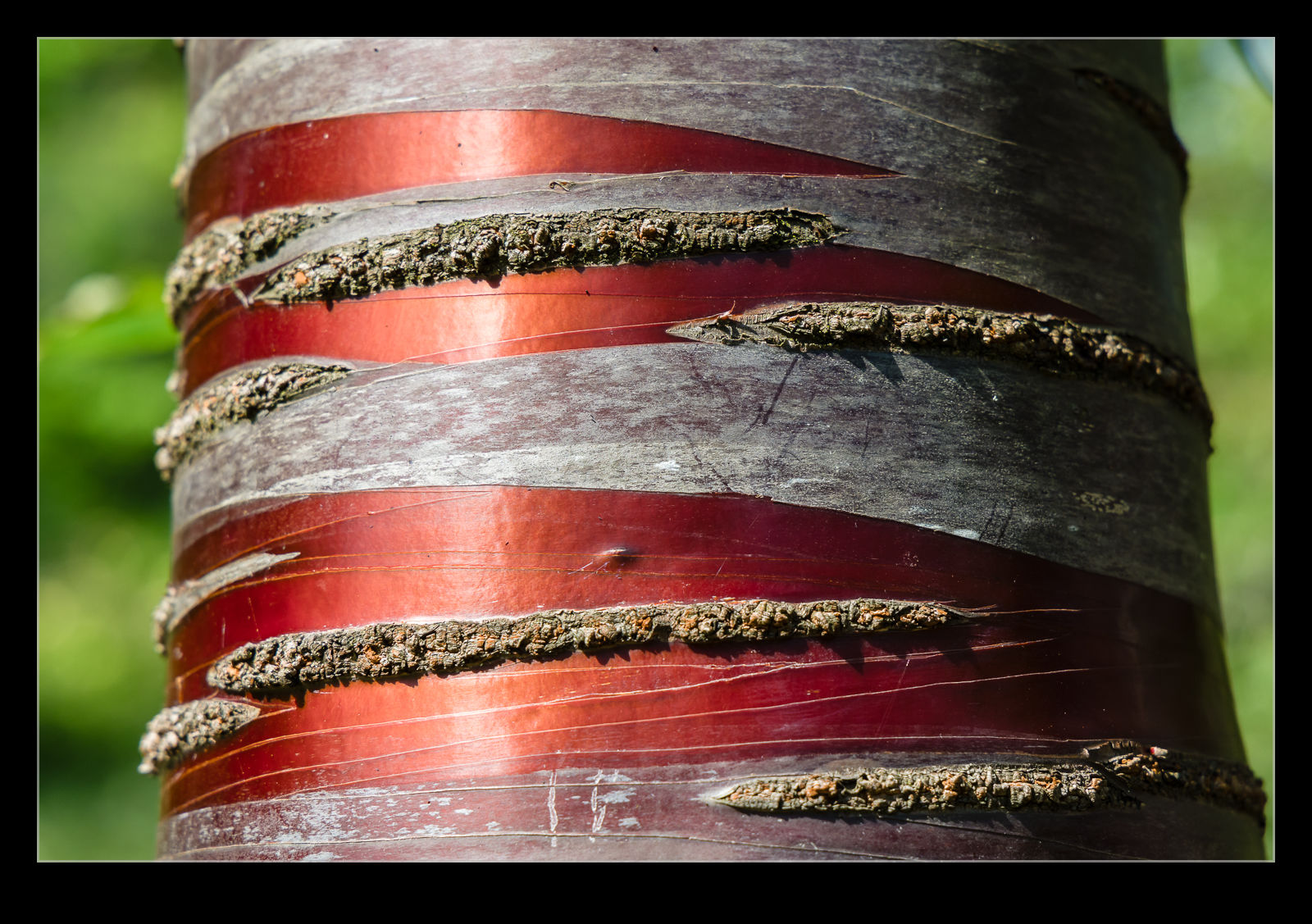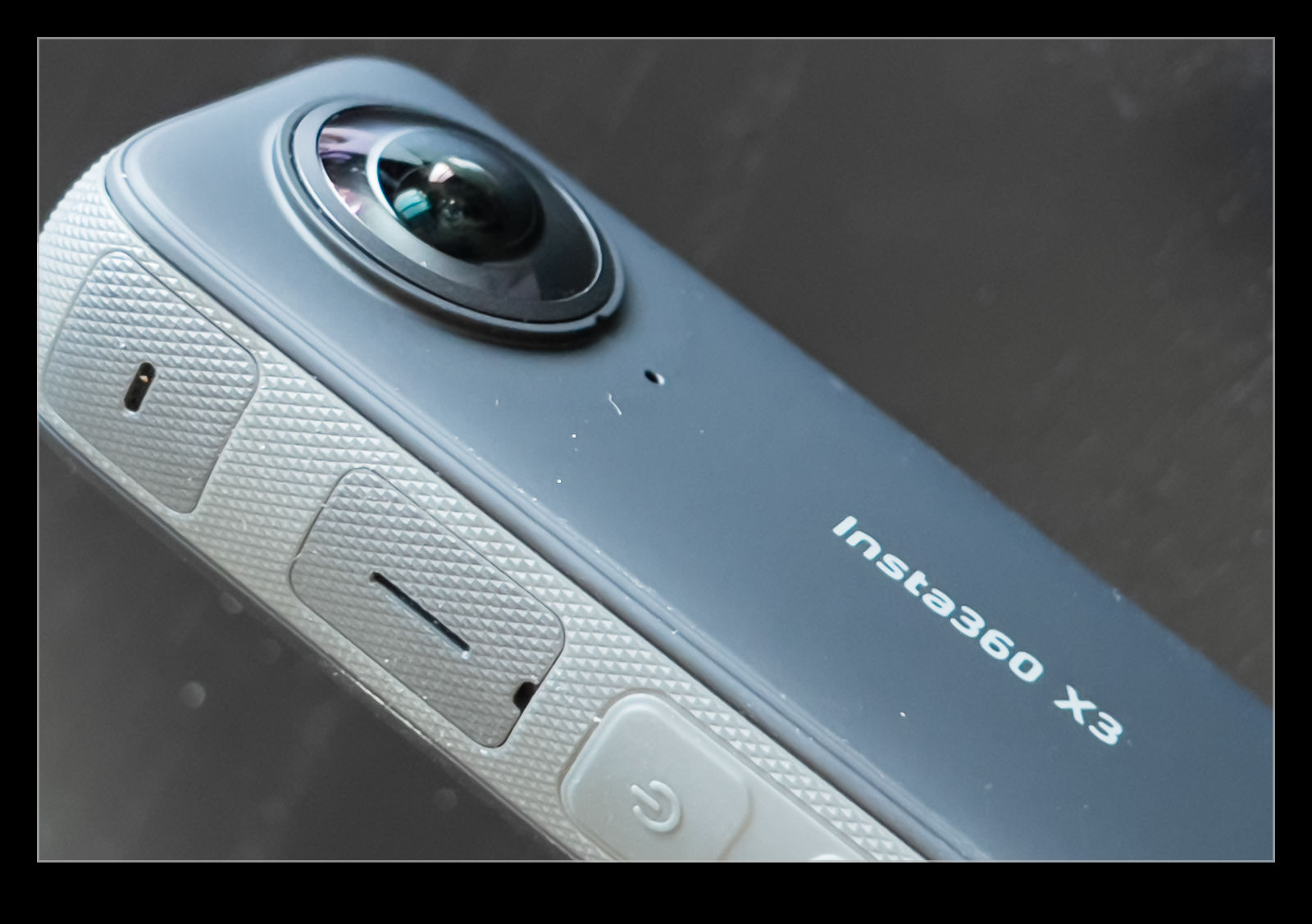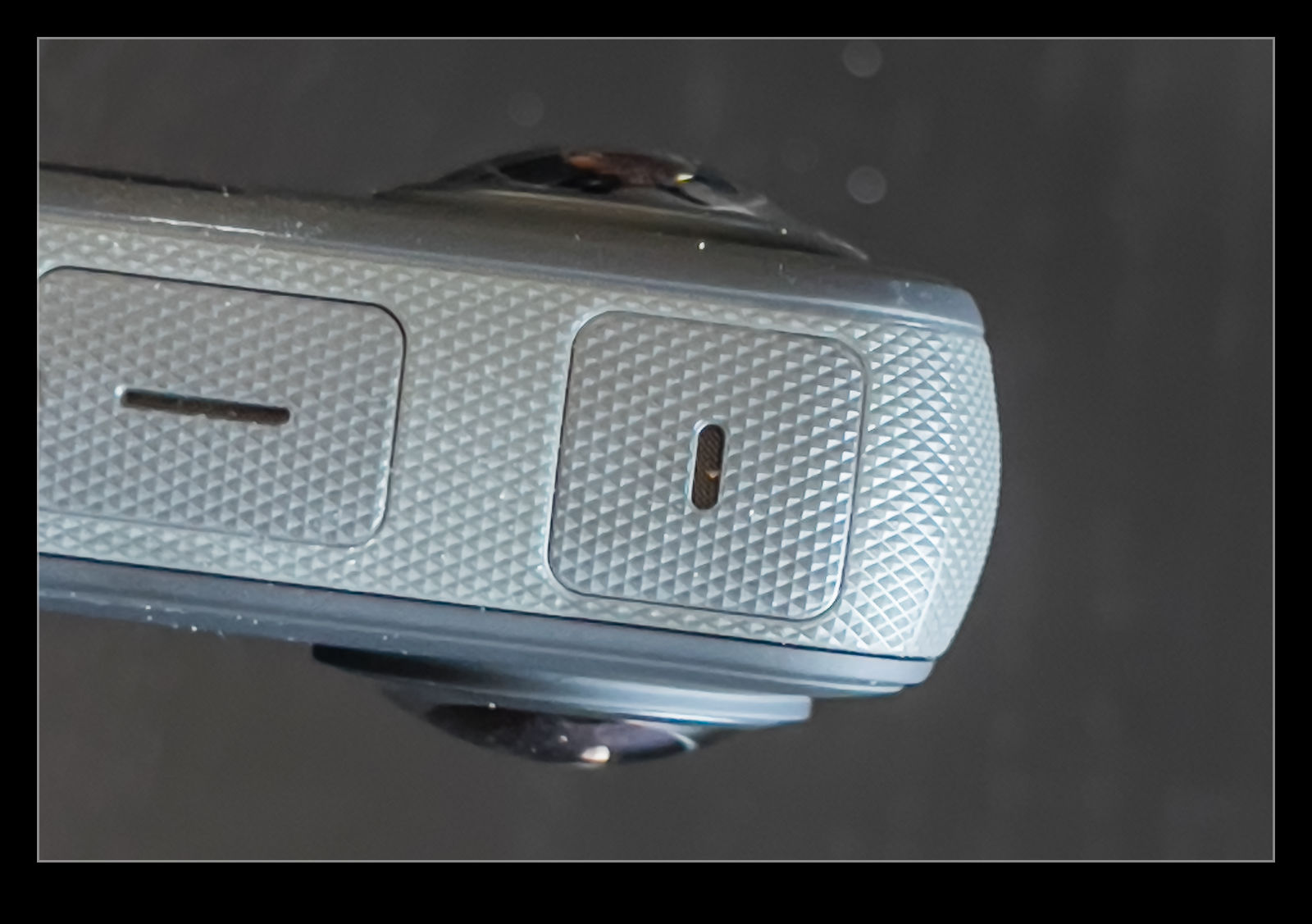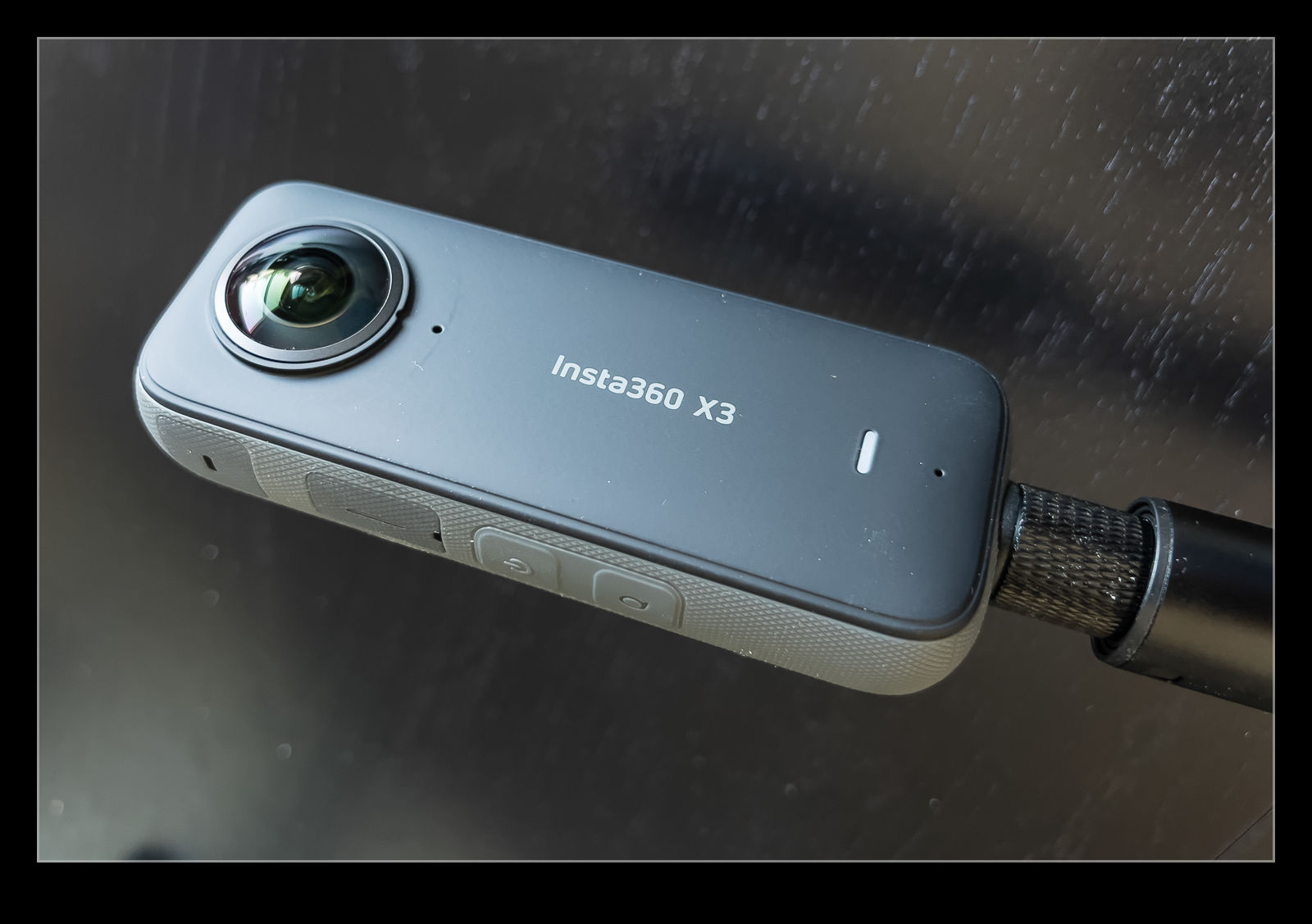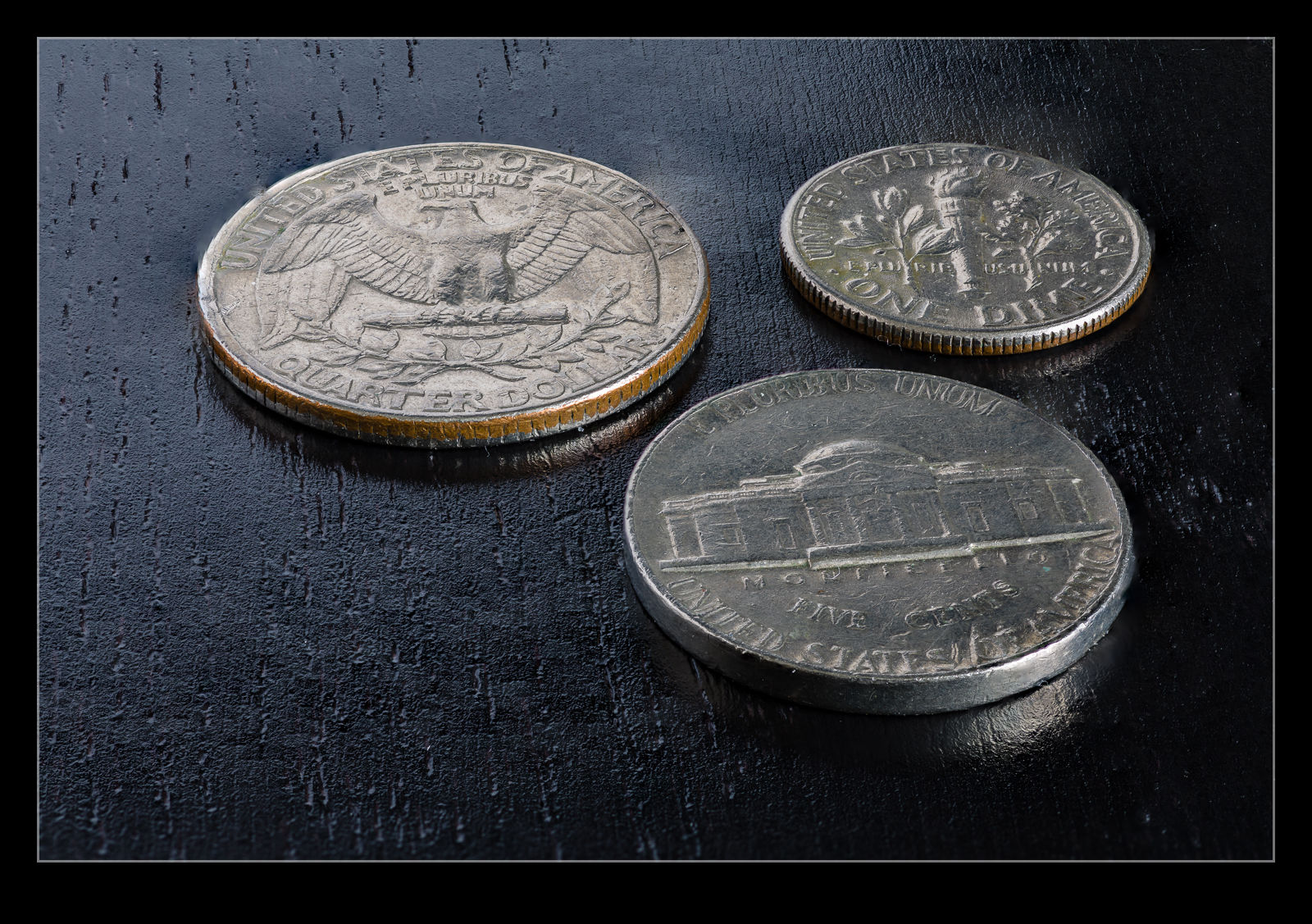 There are two birds that have a good record of thwarting me when I am trying to get shots of them. The Flicker in one and some recent luck with them will appear on this blog before too long. The other is the kingfisher, and I was hoping that I might have some better luck when Nancy and I headed over to Ballard Locks one Sunday afternoon. There are quite a few kingfishers that live along the water at the locks, and they aren’t so tricky to find because their calls are loud and distinctive and are often a sign that they are flying or about to. They aren’t the stealthiest of birds.
There are two birds that have a good record of thwarting me when I am trying to get shots of them. The Flicker in one and some recent luck with them will appear on this blog before too long. The other is the kingfisher, and I was hoping that I might have some better luck when Nancy and I headed over to Ballard Locks one Sunday afternoon. There are quite a few kingfishers that live along the water at the locks, and they aren’t so tricky to find because their calls are loud and distinctive and are often a sign that they are flying or about to. They aren’t the stealthiest of birds.
 Then again, they don’t need to be too stealthy. They are quick and agile so I imagine that they can do well when it comes to avoiding predators. I don’t know if they have many predators but good luck to them if they do since it would seem to be hard work to get one. Photographing them is hard enough! Getting good shots of them is tricky because they are small and fast. You need a long lens, but you also need to get them in the viewfinder to track them. I was making use of technology to overcome inability. The 200-800 meant I had plenty of reach and the R3 has some amazing focusing capabilities. Basically, I had no excuse because I was the weak link in the chain.
Then again, they don’t need to be too stealthy. They are quick and agile so I imagine that they can do well when it comes to avoiding predators. I don’t know if they have many predators but good luck to them if they do since it would seem to be hard work to get one. Photographing them is hard enough! Getting good shots of them is tricky because they are small and fast. You need a long lens, but you also need to get them in the viewfinder to track them. I was making use of technology to overcome inability. The 200-800 meant I had plenty of reach and the R3 has some amazing focusing capabilities. Basically, I had no excuse because I was the weak link in the chain.
 The birds were not totally cooperative, but they did give me a fair chance. Most of the time they would be flying off in the distance, but they would come close sometimes. Then they would trick me. One would take off and fly away and I would be busy track it as another flew right in front of me. I was convinced that they were taunting me. On a few occasions, though, I managed to get a tracking solution on one long enough to get focus and a few shots. The results were surprisingly pleasing. US kingfishers are not as colorful as European kingfishers and they are a bit larger, but the shape is similar, and they do make for an interesting subject. I’ll have to come back on a sunny day sometime to have another go.
The birds were not totally cooperative, but they did give me a fair chance. Most of the time they would be flying off in the distance, but they would come close sometimes. Then they would trick me. One would take off and fly away and I would be busy track it as another flew right in front of me. I was convinced that they were taunting me. On a few occasions, though, I managed to get a tracking solution on one long enough to get focus and a few shots. The results were surprisingly pleasing. US kingfishers are not as colorful as European kingfishers and they are a bit larger, but the shape is similar, and they do make for an interesting subject. I’ll have to come back on a sunny day sometime to have another go.








